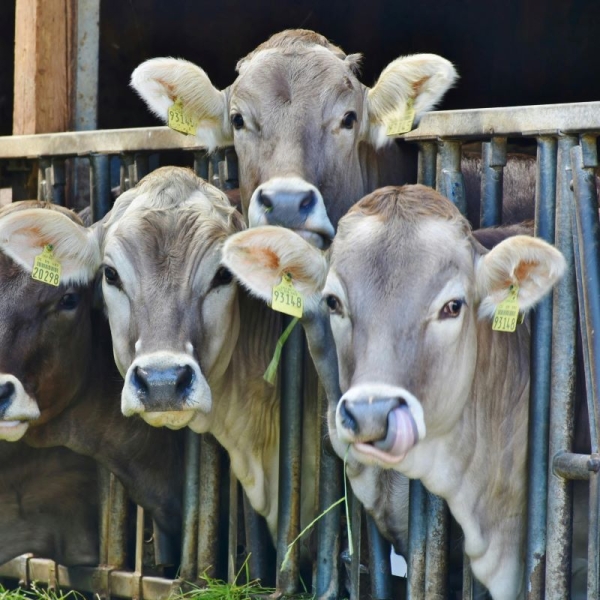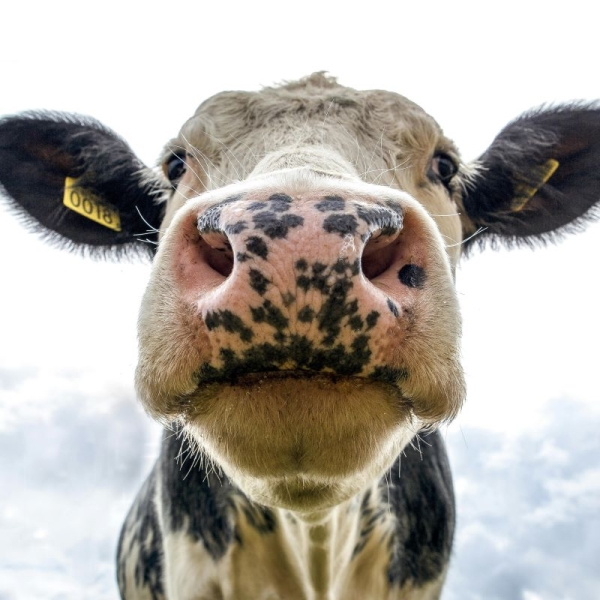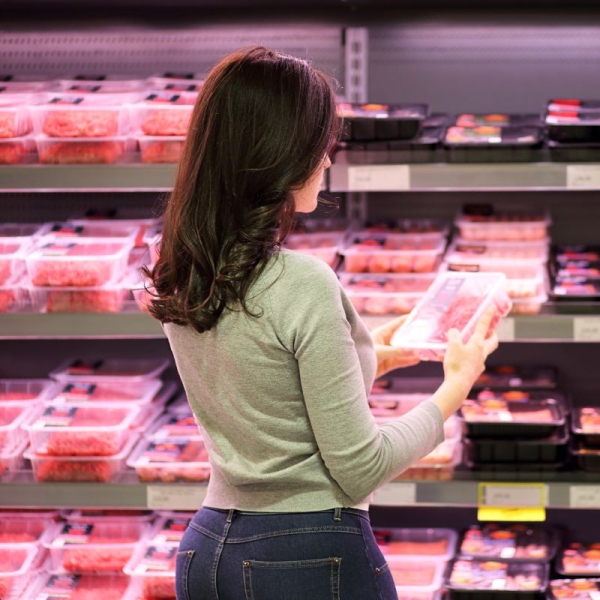04 Sep 2024 — A significant number of cattle marketed as “raised without antibiotics” on the US market were shown in a recent study conducted at the George Washington University (GW) to have actually been treated with antibiotics. As a result, the US Department of Agriculture (USDA) has revised its guidelines to ensure the accuracy of animal-raising and environmental claims on meat labels in grocery stores.
“Our team obtained urine samples from beef cattle being slaughtered for the ‘Raised without Antibiotics’ marketplace,” Laura A. Rogers, co-author of the paper, director of communications and marketing at the GW Milken Institute School of Public Health and former deputy director of the GW Antibiotic Resistance Action Center, tells Nutrition Insight. “We tested nearly 700 cattle from 312 lots and 33 different ‘Raised without Antibiotics’ certified feed yards.”
The researchers found that at least one animal tested positive in 42% of feed yards.
“Cattle lots with at least one positive test represented approximately 15% of the ‘Raised without Antibiotics’ cattle processed during the study period. The findings suggest that today’s ‘Raised without Antibiotics’ labels lack integrity,” she continues.
The study was conducted throughout 2021 and 2022 and published in Science.
“We are gratified that the USDA conducted a study similar to ours last year and found similar results — nearly 20% of animals tested from the raised without antibiotics market were found to have antibiotic residues in their systems.”
In reaction to the findings, the agency released its “Food Safety and Inspection Service Guideline on Substantiating Animal-Raising or Environment-Related Labeling Claims” last month.

Cattle lots with at least one positive test represented approximately 15% of the ‘Raised without Antibiotics’ cattle.Antibiotic resistance
The key health concern related to the regular consumption of meat from livestock treated with antibiotics raises the likelihood of developing antimicrobial resistance. Rogers points out that antibiotic resistance has become the third leading cause of death globally.
“To curb the rise of drug-resistant bacteria, we need to cut down on antibiotic use across all sectors. In food animal production, antibiotics are frequently employed to address issues stemming from overcrowding and unsanitary conditions,” she explains.
“The reliance on these essential medicines to sustain industrial farming practices must cease, and consumers should have reliable choices to support farmers who use these vital drugs responsibly.”
Later this month, the UN is set to hold the 2024 General Assembly on antimicrobial (including antibacterial) resistance (AMR), where world leaders will attempt to address the threats it poses to global health and food security and achieve the 2030 Sustainable Development Goals.
Speaking to us, Health Care without Harm Europe highlighted the progress the EU has achieved in tackling AMR through its extensive regulation on the use of antibiotics to treat livestock animals.
The US “Raised without Antibiotics” label
The GW antibacterial resistance expert is in favor of the USDA’s new guidelines.

The meat industry frequently uses antibiotics to address issues stemming from overcrowding and unsanitary conditions.Rogers expresses her support, stating: “The recommendation that companies utilizing or sourcing these products should establish regular sampling and testing procedures to identify antibiotic use in animals at the time of slaughter or secure third-party certification that includes testing.”
“However, we believe strongly that the current guidelines should apply to new applications for the use of the ‘Raised without Antibiotics’ and the ‘No Antibiotics Added’ label claim as well as companies already approved for these claims and selling in the marketplace.”
Additionally, Rogers says she believes that USDA guidance should require testing to verify producers’ negative antibiotic use claims rather than recommend it.
Regarding the specific scientific testing methods the USDA could now mandate or recommend to verify claims like “Raised without Antibiotics,” Rogers states: “We suggest testing urine or kidneys from slaughtered animals using the most sophisticated tests on the market.”
She states that the GW “believes strongly” in third-party certification.
“Consumers pay a premium for ‘Raised Without Antibiotics’ products and should be confident in what they are purchasing.”
“‘Raised without Antibiotics’ production is a market-based solution to a serious public health issue, but the system only works if labels are verified,” Rogers concludes.
By Milana Nikolova

